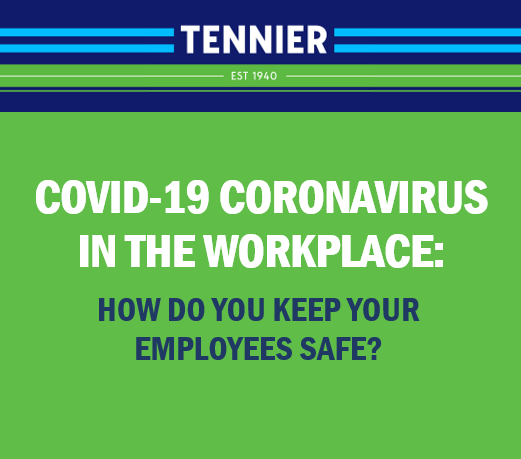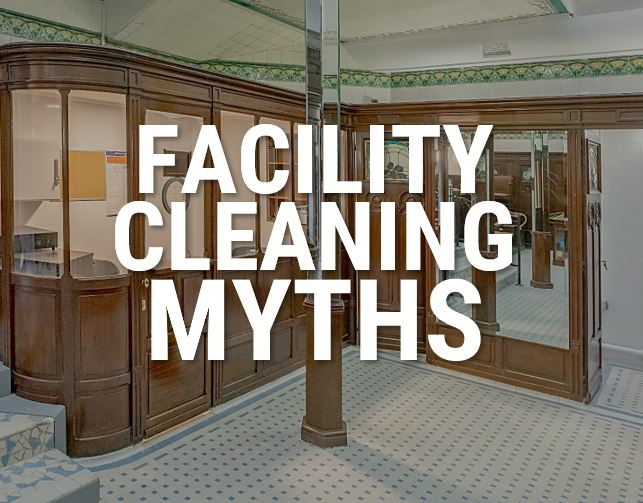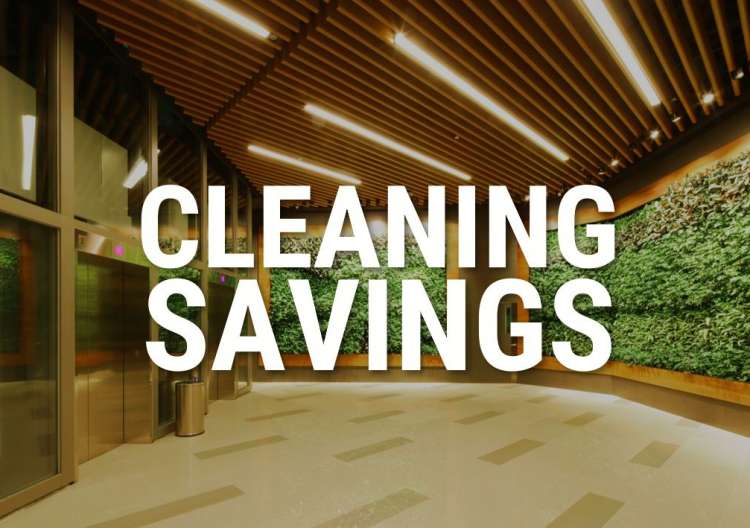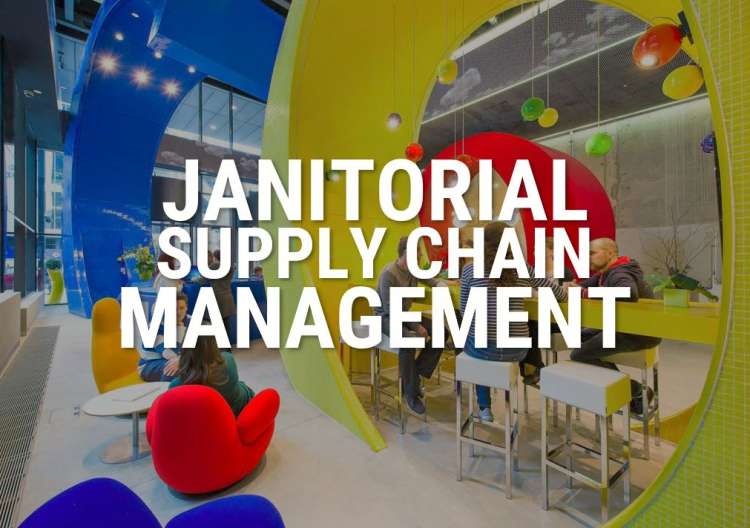We know not everyone can work from home.
Public health officials are advising those who can stay home to do so. But there are all kinds of mission-critical roles and industries that need people to function. So how do you ensure your people stay safe and your business stays on track?
Communication is the first step.
You can’t keep your employees and your workplace safe if you don’t talk about COVID-19.
- Ensure all employees know the signs/symptoms of coronavirus
- Put together a policy to minimize transmission in the workplace
- Ensure every employee acknowledges and reads the plan
- Provide employees with daily reminders of the policy and relevant updates on best practices
- Use signage to remind people – and change up the signage to keep it fresh
Handwashing!
Your employees aren’t washing their hands as often as they should – even after going to the bathroom.
- Encourage employees to wash their hands regularly at the office
- Create a workplace culture where handwashing is considered a ‘must do’ (just like keeping desks tidy or putting mugs in the dishwasher)
- Ensure that all staff washrooms are well-stocked at all times
Go easy on the hand sanitizer.
Hand sanitizer with a minimum of 60% alcohol can be a good option if you are unable to wash your hands with soap and water. But even alcohol-based hand sanitizer isn’t able to get rid of all germs and bacteria, and may be less effective if hands are very dirty or greasy. Sanitizer is also less effective than soap and water at carrying away germ molecules.
Disinfect high-touch surfaces – a lot.
Surfaces that are touched by multiple people throughout the day should be cleaned frequently throughout the day with a product that is certified to kill bacteria, germs and COVID-19. Surfaces include:
- Touchscreens in lobbies, used by restaurant servers, etc.
- Elevator buttons
- Door handles and push plates
- Boardroom tables and chair arms
- All tables, counters and chairs in breakrooms or office kitchens
- Desks (including tops and edges)
- PPE equipment like gloves or high-vis jackets that are shared by multiple workers
- Carts, dollies, wagons – anything with handles that are frequently touched
- Faucets and taps
- Cupboard doors
- Employee lockers
- Laptops, keyboards, phones and computers
Give employees some space
- Encourage employees to work from home if it’s possible
- Encourage employees who think they may have come in contact with a person who has been diagnosed with COVID-19 to self-quarantine if desired
- Increase the physical distance between desks and workspaces, and between employees and customers (2m is recommended)
Work closely with your health & safety team.
For active prevention measures to work, it’s crucial that employees know who’s in charge, and who they can go to for the most up-to-date information. This will start with your health and safety team, but you may need to designate additional employees as the ‘go-to’ people for updates, questions, supplies or program management.
- Ensure every employee knows where to go if they have questions or concerns
- Ensure that all health and safety leaders are delivering consistent messages
- Encourage a culture of teamwork rather than ‘us vs them’ when it comes to implementing prevention procedures
Want more information or need some help?
If you’d like to know more about which products have been proven effective against COVID-19 as well as other viruses, germs, pathogens and bacteria, give us a call. We’re happy to answer all your questions, and provide you detailed data sheets for all products.





